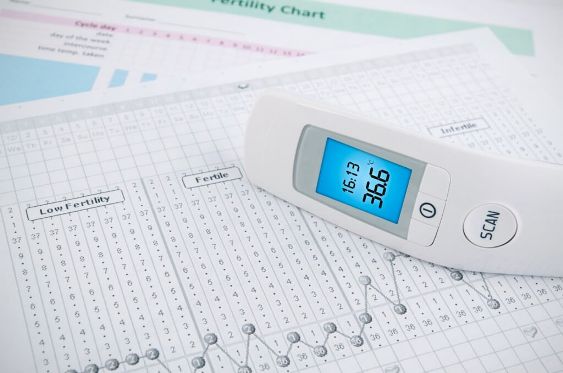Natural contraceptives are methods based on sexual abstinence following the periods of ovulation of the woman. This results in the couple avoiding intercourse on the most probable date of evolution, at least for 8 days in the middle of the menstrual cycle.
Natural contraceptives are only recommended for women with very regular menstrual cycles, which make it possible to calculate fertile days reliably from month to month. Otherwise, and especially if an unwanted pregnancy is to be avoided, other methods that are more effective may be considered.
Natural Contraceptives: Advantages and Disadvantages
- Natural contraceptive methods (or natural family planning) have no side effects.
- These are the alternative for couples in whom religious aspects play an important role or when they cannot use other contraceptive methods.
- Its reliability is reduced in some methods to 70-80%.
- Natural contraceptives do not prevent STDs.
- Because of irregular cycles, it is not recommended to use at ages close to menopause.
What are natural contraceptive methods?
Natural contraceptive methods are based on determining the probability day of ovulation to avoid relationships on that date. The most commonly used methods are:
Billings method
Also known as a cervical mucus method, it is based on analyzing changes in vaginal flow throughout the menstrual cycle and, specifically, during the fertile period. This method starts from the fact that the cervical mucus begins to occur in the preovulatory stage, reaches its maximum in the ovulatory stage, then diminishes again. The flow increases in quantity, elasticity and becomes more sticky and elastic.
Therefore, for a correct use of this method, it is necessary to know in depth what type of flow we have in each period. To avoid unwanted pregnancies, during the days when the flow has the characteristics mentioned previously to have no sexual intercourse.
Relationships can be maintained without any caution for 4 days after the last elastic, wet and sticky flow.
Knaus–Ogino or Calendar-based method
For women whose menstrual cycles are irregular, it is a little tricky to use. It consists of making a calendar with the fertile days and possible predictions of the days in which we will have the period. Ovulation usually occurs between days 14 and 16 of the women’s cycle or also 12 days before the period in those women whose cycles are irregular. It is calculated that the egg is more fertile counting from that day and until after 72 hours, i.e. three days.
It is one of the less certain methods, especially because of the uncertainty and because it is difficult to predict without any method of what the fertile days are. For those women whose period is not regular is not recommendable.
Basal body temperature method
The effectiveness of this method is between 85% and 95%, a high probability but that carries its risk. This method consists of measuring the oral, vaginal and anal temperature daily for at least three months, at the same time every day and preferably in the morning just after rising. Record the temperature control on a calendar to find out what the days of ovulation are.
During ovulation, progesterone levels increase, and this causes the basal temperature also rise to about half a degree celsius. If we follow a control over a long period, such as three months, we can determine when our ovulation occurs.
When the temperature has increased, then our most fertile days begin, so if we want to avoid pregnancy we should stay between 3 or 4 days without having sex since the time the basal temperature has increased. It is not entirely reliable, since body temperature can vary by many factors.
Symptothermal Method
This symptothermal or conscious fertility method is a combination of techniques to determine fertile days. For this, daily changes in temperature, vaginal discharge, position and opening of the cervix, spots and/or pain that may occur in the ovulatory phase, period and sexual relations should be recorded daily.
